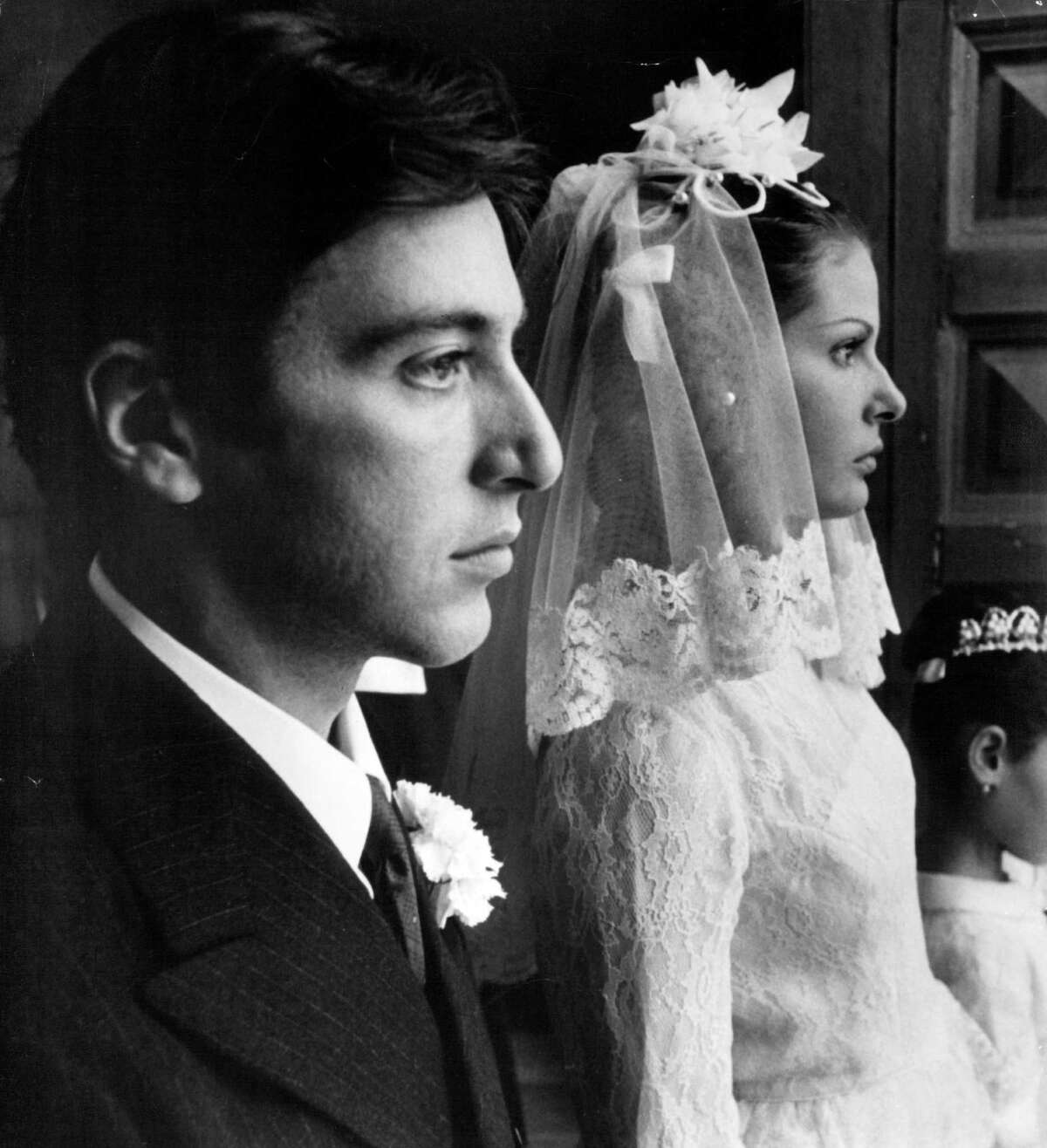
Don't Overlook Your Understory
Make Your Setting Work Harder
Understory? You probably haven’t heard the term applied to screenwriting before. I certainly hadn’t … until the day it jumped to mind, and the more I thought about it, the more sense it made. Enough sense that I thought I’d share it. Because understory just might be the long-sought-after tool that enables some screenwriters to understand and control the levels of motivation in their scripts.
So … what’s understory?
In forestry, understory is the layer of vegetation that grows between the forest canopy and the forest floor. In screenwriting, at least the way I see it, understory is what’s going on beneath the overarching canopy of the protagonist’s primary goal and the setting (or floor) where the pursuit of this goal takes place.
To say it another way, understory is what’s going on in the background while your characters are figuring out and going after their goals in the foreground.
Before moving on to examples of understory, let’s make sure we’re on the same page as far as the term setting is concerned. Most people, I believe, will agree that setting is the place and time where your story happens. Setting is big enough that it contains the specific locations your story will need and small enough that it changes entirely if your story jumps from country to country or city to city. You might find that you have a main setting and subordinate settings.
OK. Now back to understory and why I think it could be the engine that drives your story in compelling and unexpected ways, all the while elevating it and making it truly memorable.
In The Godfather, Vito’s overriding concern/goal is the transition of family power to the appropriate son. The setting, of course, is New York City. The understory is what’s going on in the setting. Which is another mob family wanting to move in on Vito’s turf and bring the drug business with them. This understory totally informs Vito’s decision to select Michael as his successor, due to his having the smarts and temperament to succeed. (By the way, I’d call New York the main setting and California, Sicily, and Las Vegas the subordinate settings.)
In Jaws, the protagonists’ overarching main goal is to kill the great white shark terrorizing Amity and to save lives. The understory is the town council wanting to underplay the whole issue and save the tourist season.
For me, the ultimate understory is all the intriguing, war-related activity going on in Casablanca which enables Rick to come to finally understand the reality of his love affair with Ilsa and move on with his life. It’s not enough that Casablanca is an exotic port city, great setting that it is. The understory enables Rick to achieve his (unstated) goal of getting his life unstuck and moving on, to join the resistance.
To demonstrate the mobility of understory, I want to point out that Rick and Ilsa’s love story could be told in an entirely different setting. Their story is that strong. But if you were to cut their story out of Casablanca, the film would collapse. Understory can’t stand alone. Point is, a screenplay should always tell a meaningful story. Setting and understory are tools that help you tell that story.
Speaking of tools that help you tell your story, based on what people tell me and what I read online, there are too many tools readily available. So many tools that writers, especially those just starting out, get intimidated and/or paralyzed. Which leads to unnecessary frustration and progress-thwarting demons … like fear of the blank page.
My advice?
Keep it simple. Don’t overcomplicate things. You’re part of a chain of storytellers reaching back to cave-person days. Your goal is to tell a story that entertains or educates, hopefully both.
Decide which sources, websites, and books speak to you and stick with them. You can’t possibly read every newsletter or book, watch every podcast, or attend every seminar out there, so unsubscribe or unplug from most and use the time saved to write.
And remember, a screenplay isn’t some mystical thing with a bazillion components. It’s something most writers can master, if you break it down to its simplest, most basic elements:
First, you need a story. The story answers the question “What’s it about?” Typically, the story’s about your hero’s journey and why it’s meaningful. Think: logline.
So, what’s the hero’s journey? It’s the trek the hero undertakes in order to overcome a series of increasingly difficult obstacles that finally enables him to move onto the next phase of her/his life.
To tell this story, you need a plot. The plot answers the question “What happens?” The plot is all the actions and/or steps your hero takes (or survives) to complete her/his journey. Setting and understory help the plot reveal your story.
Of course, you’re gonna need characters. In fact, some writers start with characters and build their story around them. Which is great. When it comes to creating, there are no rules. Don’t believe any guru who says there’s only one way to do something.
Last, you set your characters in motion and have them follow the plot—utilizing action and dialogue—until they either succeed or fail to achieve their goal.
Like I said, keep it simple. Story (including the hero’s journey), plot, characters, setting (including understory), action, and dialogue are all you need. Don’t drive yourself crazy looking for new, supposedly career-altering writing tools. Instead, make the tools you already have work harder.
Don’t overlook your understory. Make it work harder.
If you’re interested, some of my other Pipeline Artists articles address making other script components, like dialogue, work harder.
Write on!
*Feature Image: The Godfather, Paramount (1972)